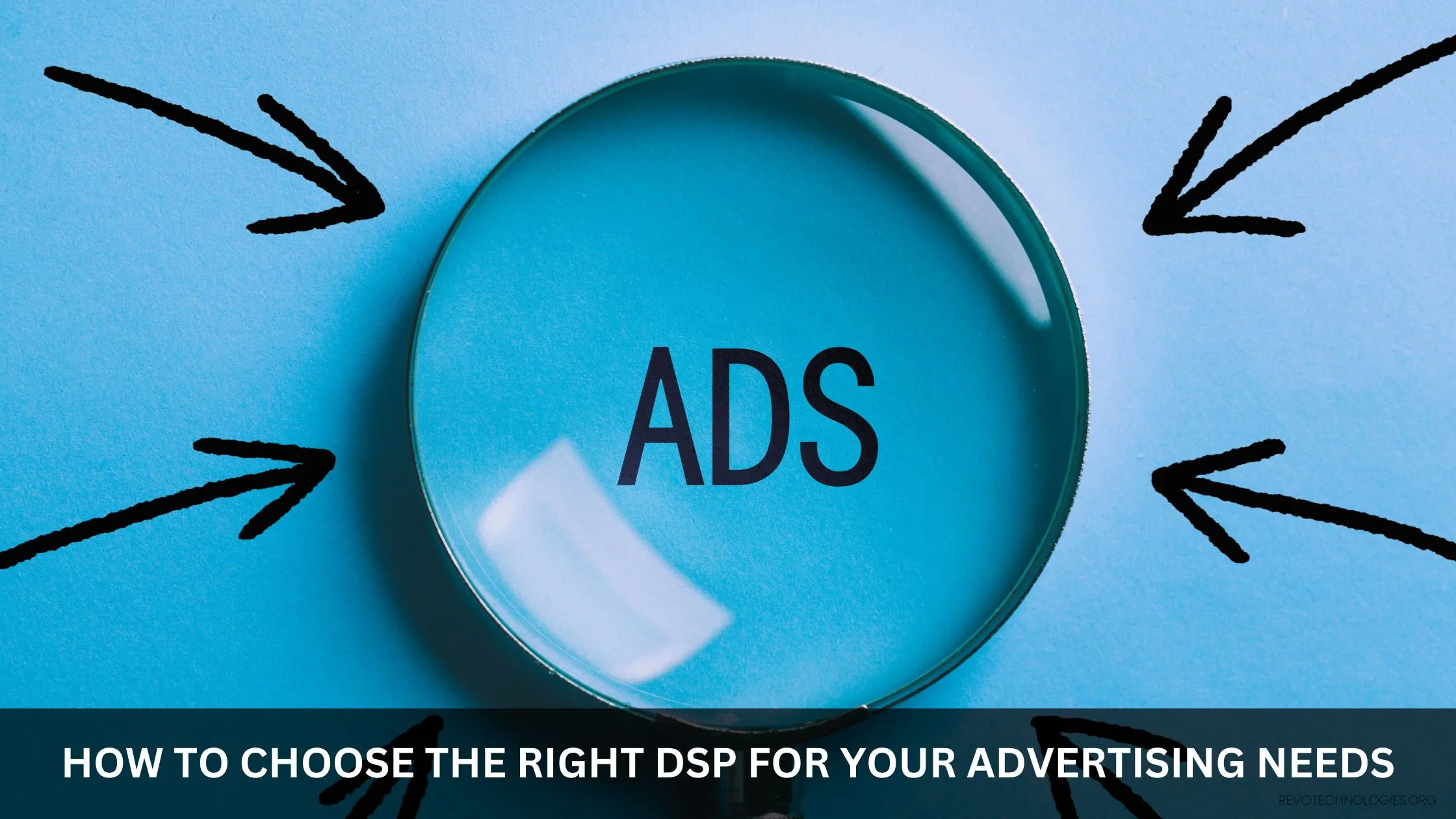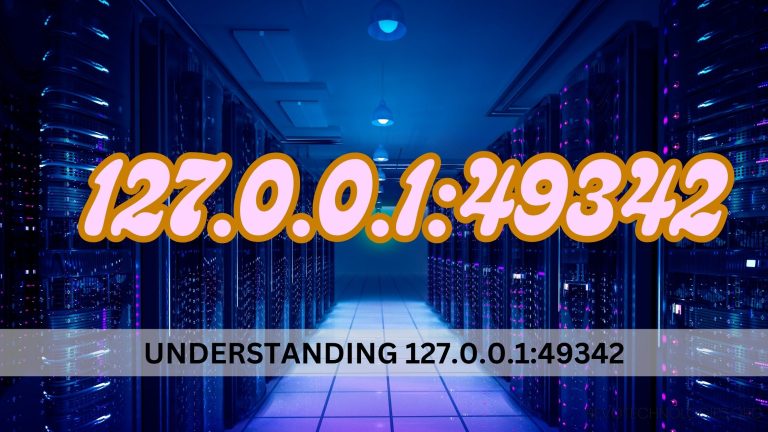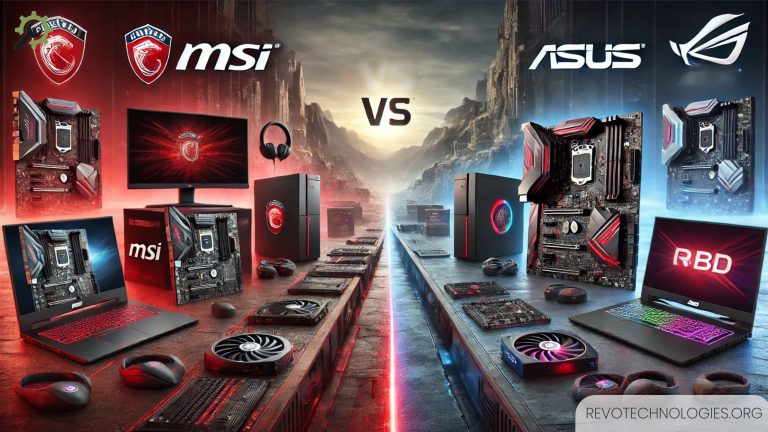Let’s assume that as an advertiser, you designed a banner or a promotional video, but you have no idea what to do next to find the right publishers who would agree to place your ads on their websites or applications. As a novice marketer, you won’t find a better way to solve this challenge than to tap into a demand-side platform — a true online advertising engine that will automate the rest of the work. But how to choose the right DSP that fits your needs and provides great results?
DSP and its role in programmatic advertising
The global market has myriads of programmatic platforms, banner networks, mobile advertising networks, and demand-side platforms. This means that wherever you come from as a marketer, you can launch a programmatic campaign on any of them and target your audiences worldwide as well.
A demand-side platform can automate your campaigns from head to toe. It is responsible for finding the right placements for your ads in real time; however, it can also optimize your campaigns, provide analytical reports, and even let you craft animated banners right within the platform.
This tool can generate demand, attract your target audience, or boost conversions. Still, each objective requires different KPIs: brand awareness and reach are measured by metrics like Reach and Target Audience Reach (often based on a cost-per-mille model). Demand generation is tracked using CTR and engagement depth (based on a cost-per-click model). Conversions are evaluated based on CPA and average order value.
Why choosing the right DSP is critical for campaign success
Almost every year, the AdTech industry comes up with new lists of the best DSP platforms like this https://smartyads.com/blog/10-best-dsps-that-define-programmatic-buying, giving ratings, test-drives, and reviews to popular market options. With so many choices, spotting the right solution can be tricky. As we’ve just learned, DSP can do many things aside from campaign automation and ad placement; that’s why selecting the platform that fits your needs is very important. With all the essentials and features developed for precise targeting and optimizations, ad campaigns will definitely reach your goals with ease.
Essential features that a good DSP should offer
Once you define your target audience (and their characteristics), it’s time to set campaign parameters (geography, budget) and develop a strategy for ad campaigns. Congratulations — you’re halfway there. Now, with specific and defined criteria, you can focus on selecting the option that aligns with your needs.
Here are some key factors to consider:
Reach
Review the list of available supply partners. Is traffic sold directly on the platform? Note that the list of publishers and resources can be provided upon request. Also, check which SSPs (supply-side platforms) are integrated. The quality of supply directly impacts your spending efficiency.
Targeting
Showing ads to the wrong audience is the fastest way to waste your budget. Understand what data sources are fueling DSP and make sure that the platform has targeting options you need (e.g., demographic, behavioral, and more). Additionally, if you plan to advertise internationally, make sure that the selected platform has geo-targeting options available.
Formats
Programmatic advertising has come a long way from static banners. Many platforms now offer creative solutions, such as interactive and animated banners, gamified ad videos, and native content integrations. Be sure to check what formats are available.
Optimization
Aside from automatically generated performance reports, many DSPs today have ongoing campaign optimization based on AI and ML algorithms. These algorithms analyze bidding and past activities to develop strategies for further campaign optimizations. This way, DSPs can reduce cost per view or click, spot the placements with the highest click-through rates, and more.
Service
Sure, most DSPs are self-served. However, almost all of them provide you with an account manager. This professional can help you with targeting configuration, overall troubleshooting, and providing useful ideas regarding best practices for advertising in your business niche.
Matching DSPs to business goals
As an advertiser, you may have different goals — to raise brand awareness, generate leads, drive conversions, or something else. For example, if your goal is to put your product at the top of your audience’s mind, you should make sure that the selected DSP has a broad reach (connected to as many inventory sources as possible). These platforms usually run on the CPM (pay for 1000 impressions) model. You also need to make sure that the platform has impactful ad formats supported by as many screens and gadgets as possible.
If you are planning a performance campaign, focus on CPC (cost-per-click) payment models. Such platforms need to support continuous optimization and strong analytics to let you know how campaigns go.
Source: https://revotechnologies.org/
To wrap it up
DSP is a powerful tool for media campaigns, but its success hinges on thorough selection that takes into account your campaign goals. When selecting a vendor, don’t just rely on ratings and case studies. Instead, focus on the reach and strong features they offer, the quality of their customer service, and their experience working with brands like yours. Finally, to unlock DSP’s full potential for your business, arrange a meeting with experts and request access to their platform for a test drive — there’s no better way to evaluate its effectiveness than experiencing it firsthand.







